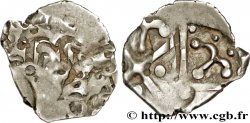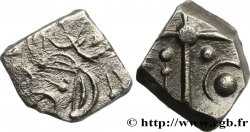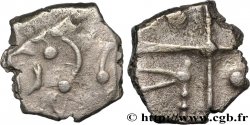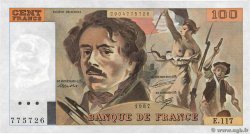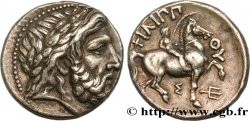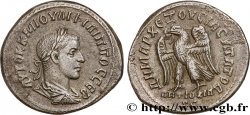Obverse
Obverse legend : ANÉPIGRAPHE.
Obverse description : Restes de la tête triangulaire à gauche avec un dessin “floral” ornementé.
Reverse
Reverse legend : ANÉPIGRAPHE.
Reverse description : Croix bouletée au centre, cantonnée au 1er d'un arc de cercle et d'un globule pointé, un globule aux 2e et (4e canton), hache bouletée trois fois au 3e canton.
Historical background
GALLIA - SOUTH WESTERN GAUL - CADURCI (Area of Cahors)
(2nd - 1st century BC)
The Cadurques, after the creation of the province of Narbonnaise were the closest neighbors of the Volques and the Tolosates. Their territory extended over the current department of Lot and that of Tarn-et-Garonne, within the limits of the former province of Quercy with Cahors as its capital.. They were surrounded by the Arvernes and the Gabales, the Rutenes and the Nitiobroges. They made a remarkable entrance during the Gallic Wars and were cited several times by Caesar. They joined the coalition formed by Vercingetorix, and at his request, attacked (with the Rutenes), the Arecomic Volques which remained loyal to the Romans.. The Cadurque leader, Luctérios, succeeds in uniting the Gabales and the Nitiobroges in order to besiege Narbonne. Caesar, warned, cleared the capital of the Provincia. The Cadurques took part in the contingent of 35. 000 men from the Arvernes to rescue Alesia, besieged. After the defeat and surrender of Vercingetorix, Luctérios took part, again the following year in 51 BC. -VS. , in defense of the oppidum of Uxellodunum (Puy d'Issolu in the Lot). Sources: Caesar (BG. VII, 4, 64 and 75; VIII, 32 and 34); Strabo (G. IV, 2, 2).









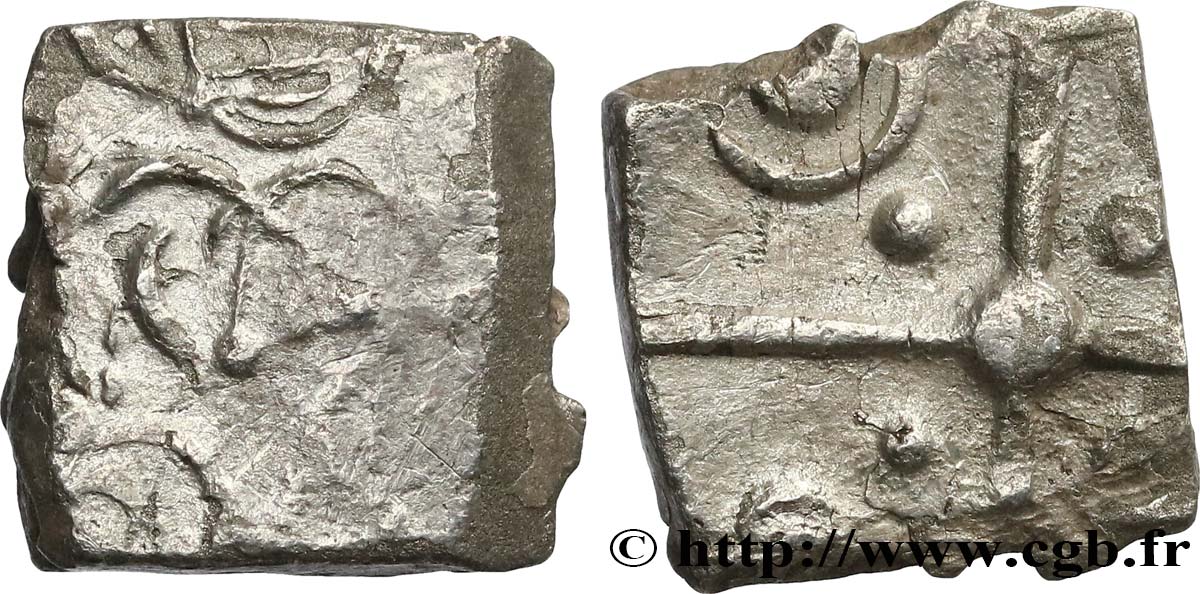
 Report a mistake
Report a mistake Print the page
Print the page Share my selection
Share my selection Ask a question
Ask a question Consign / sell
Consign / sell
 Full data
Full data
